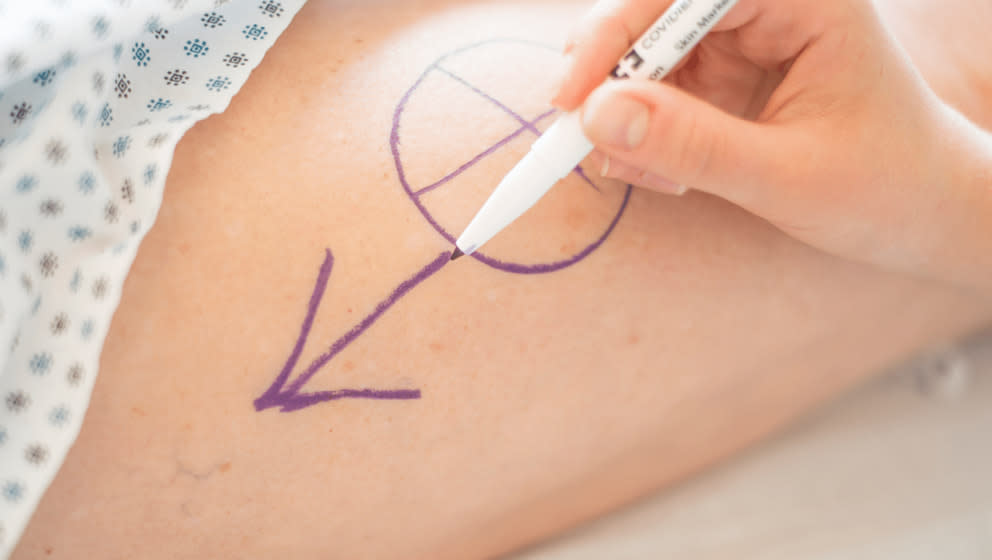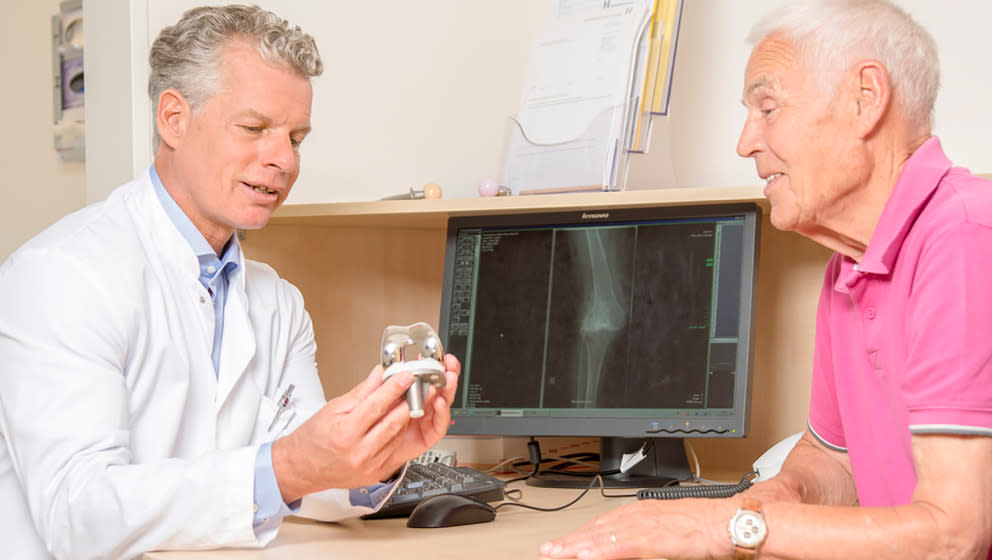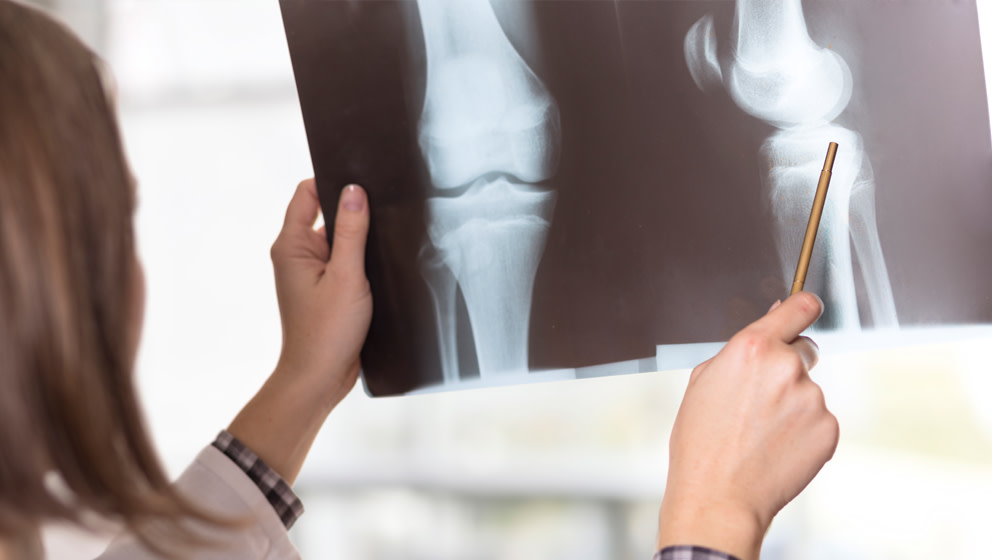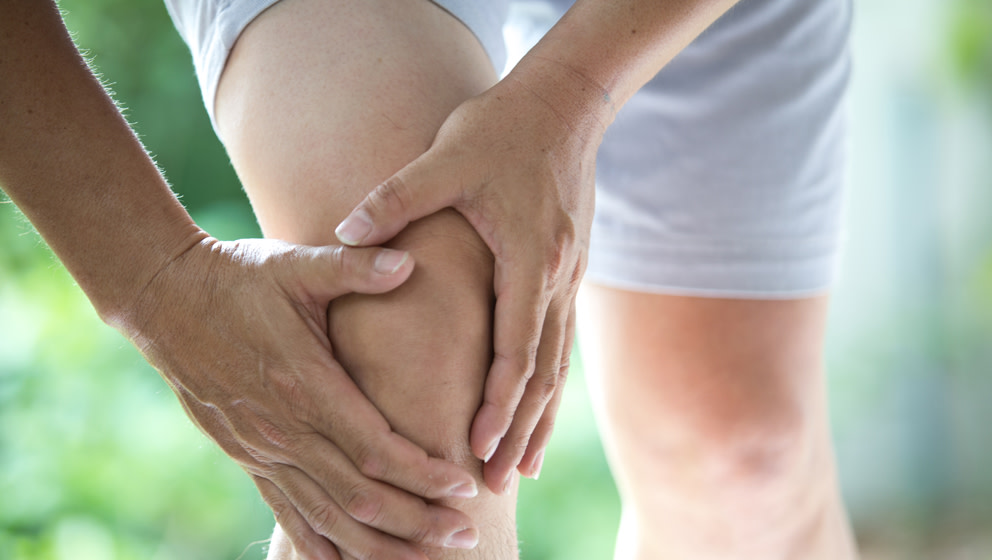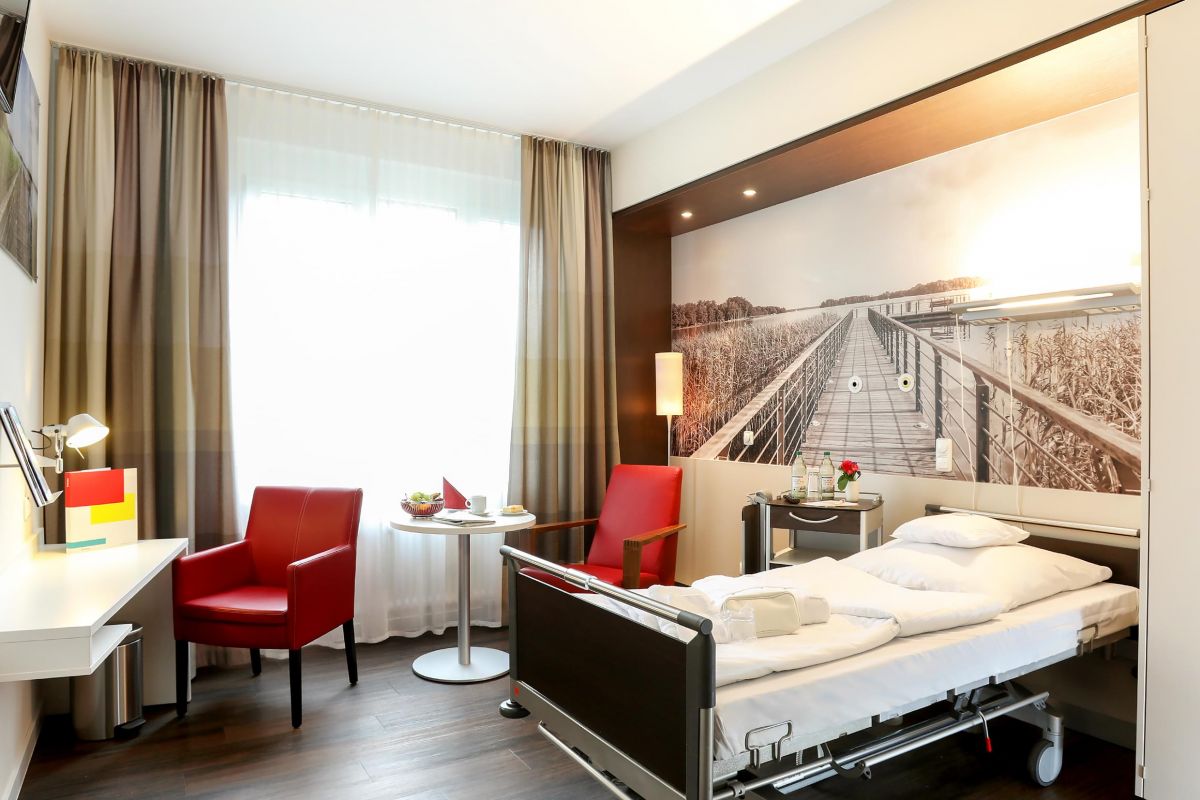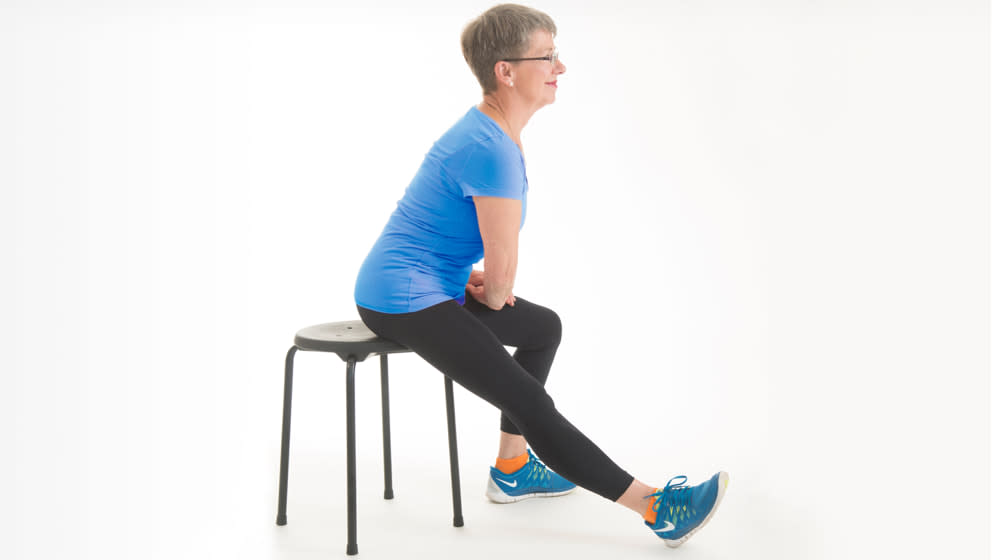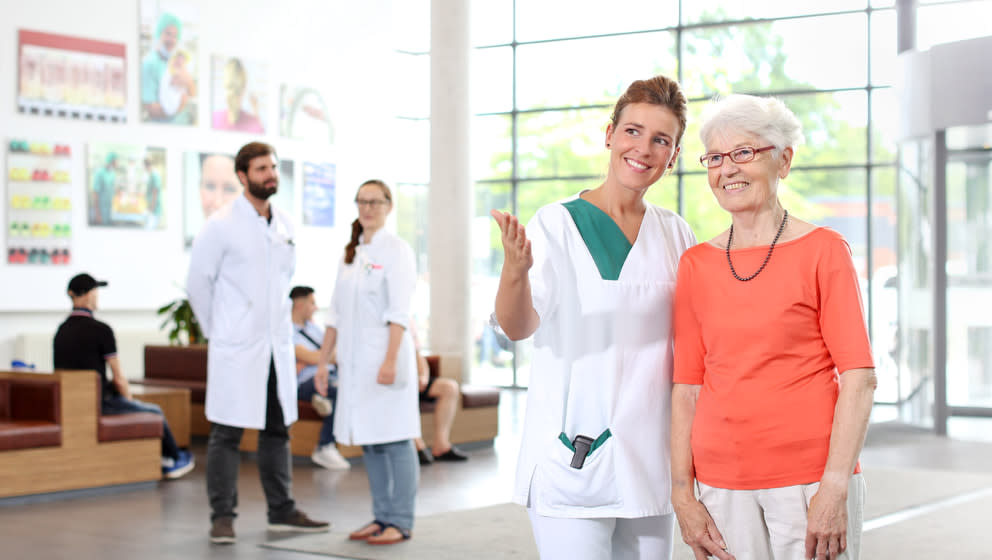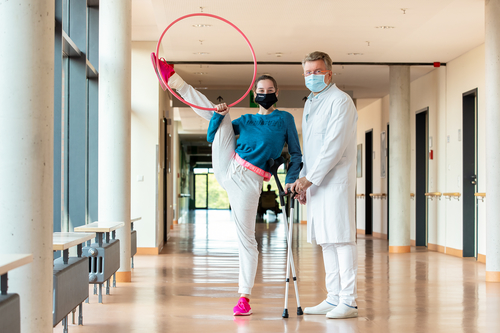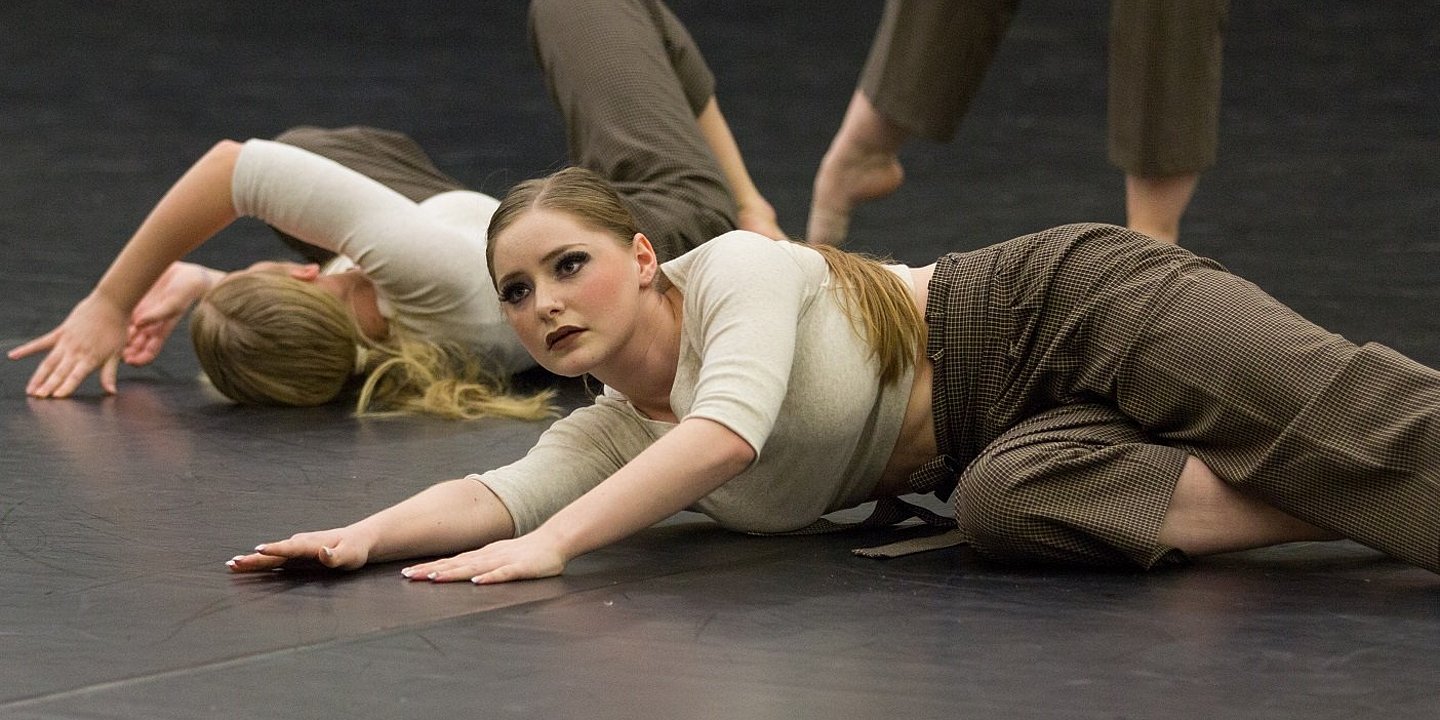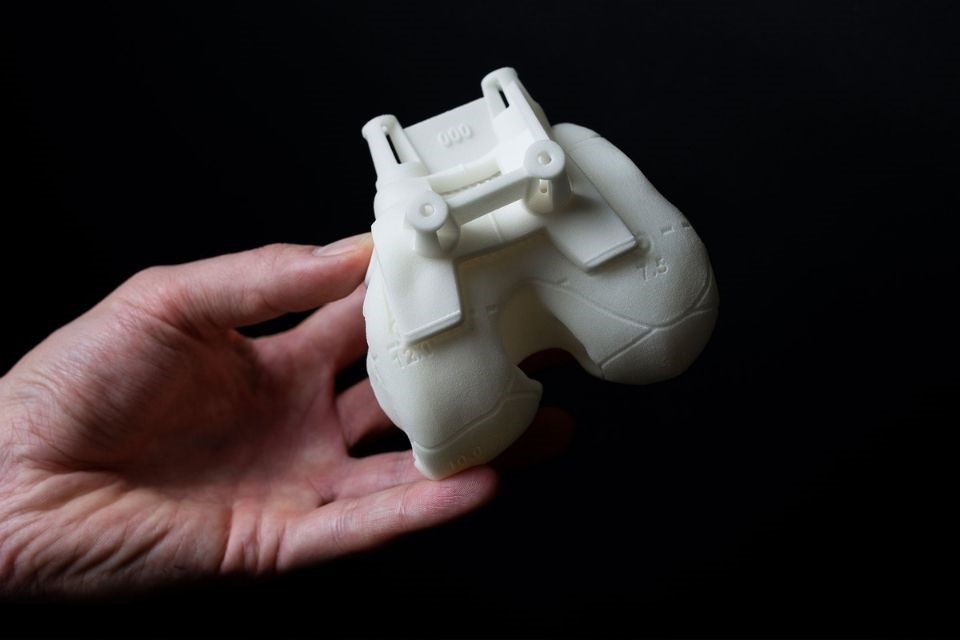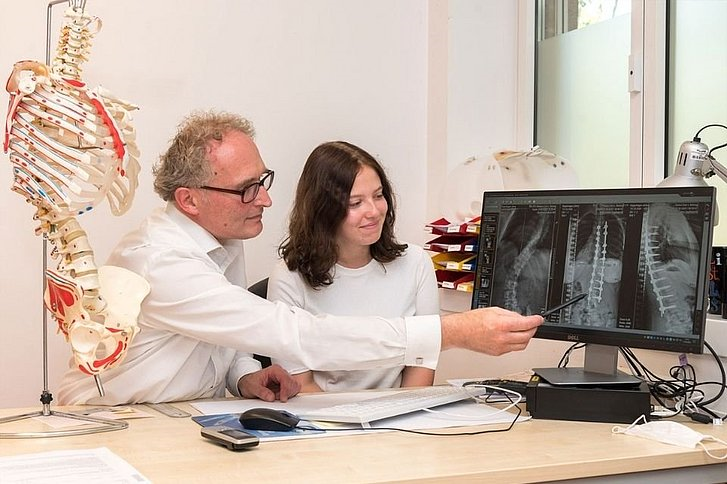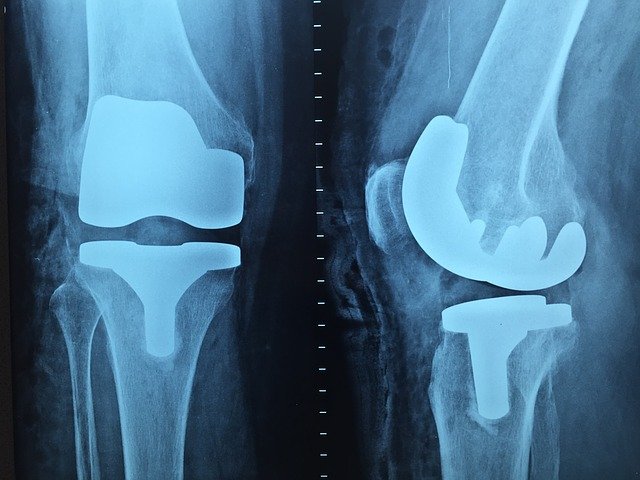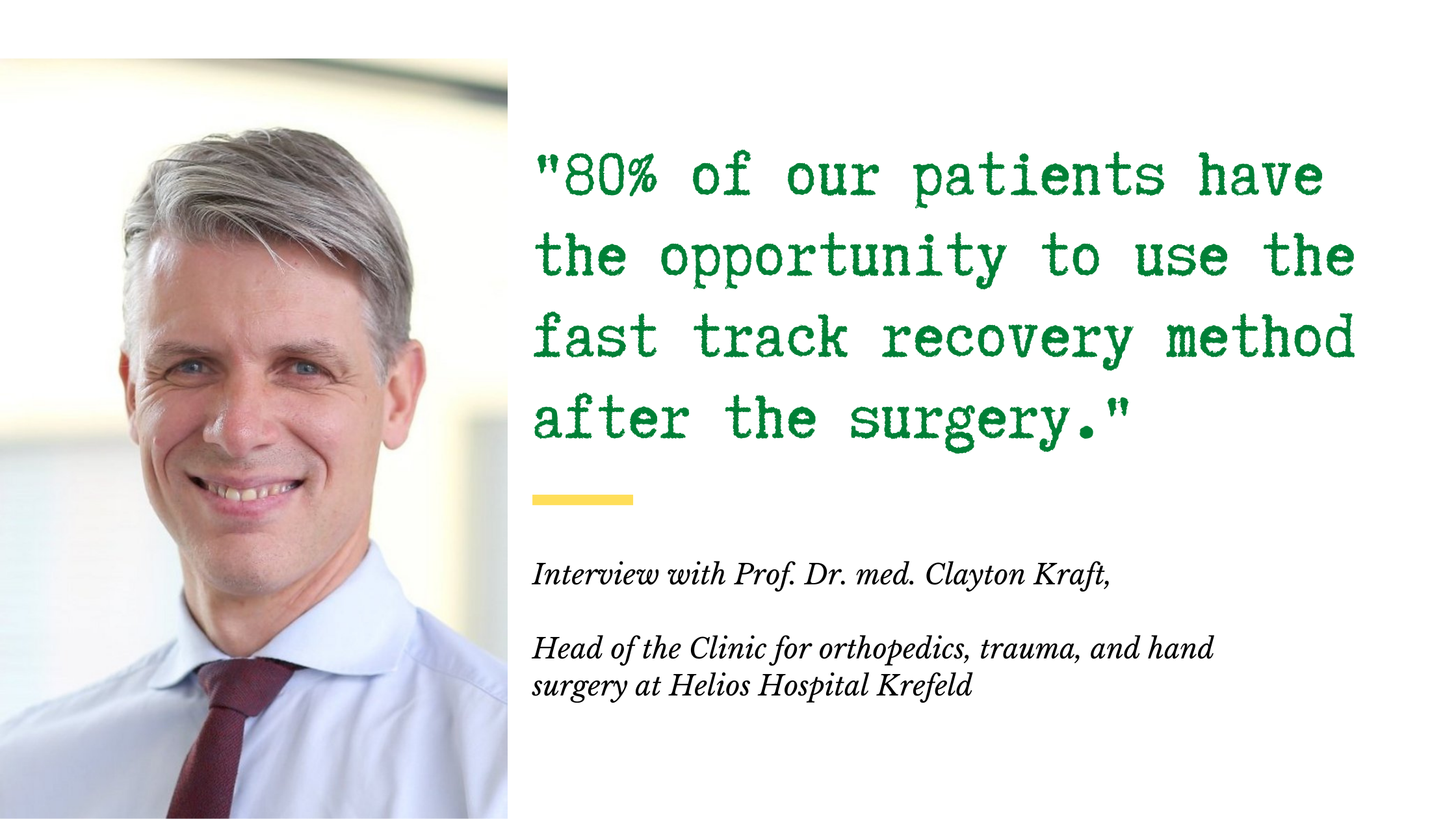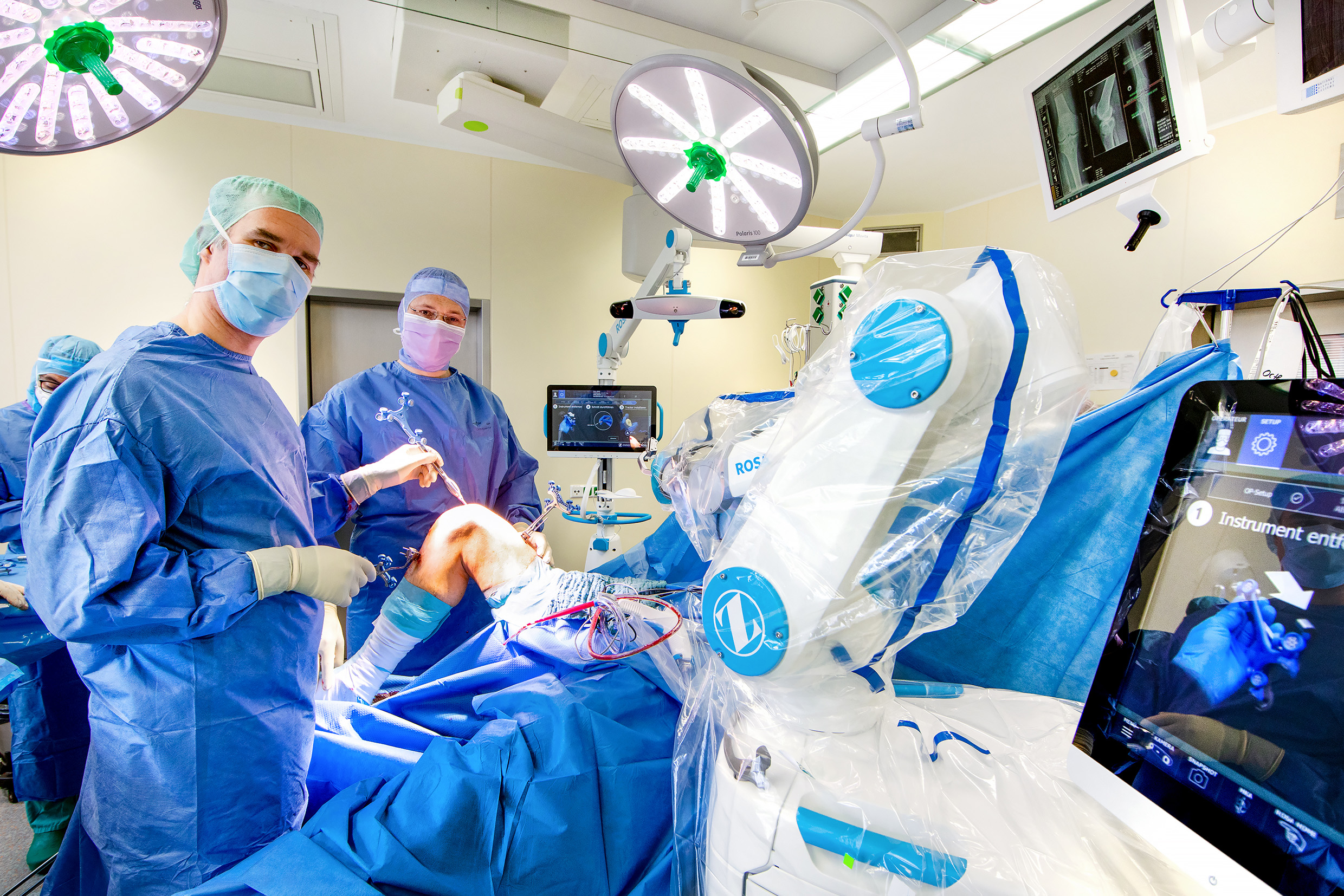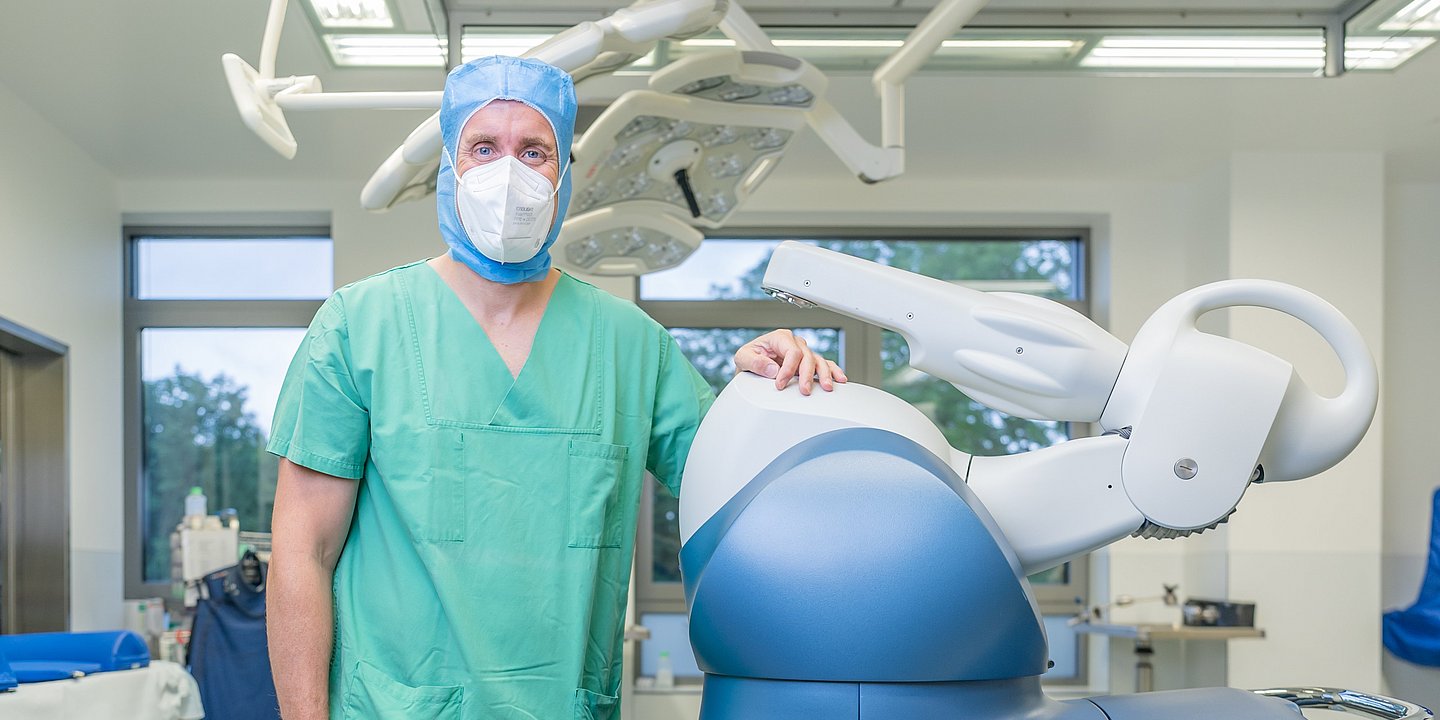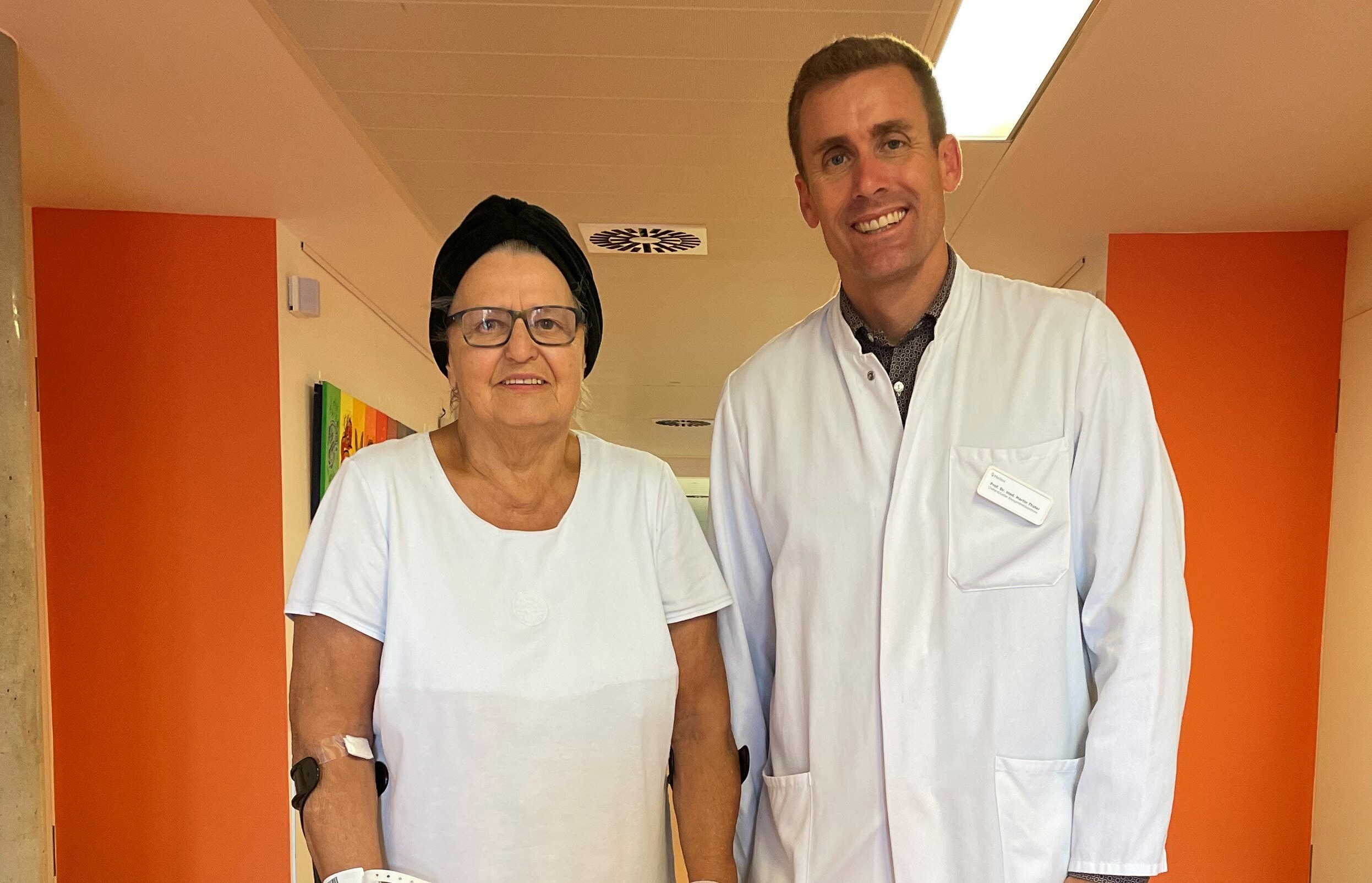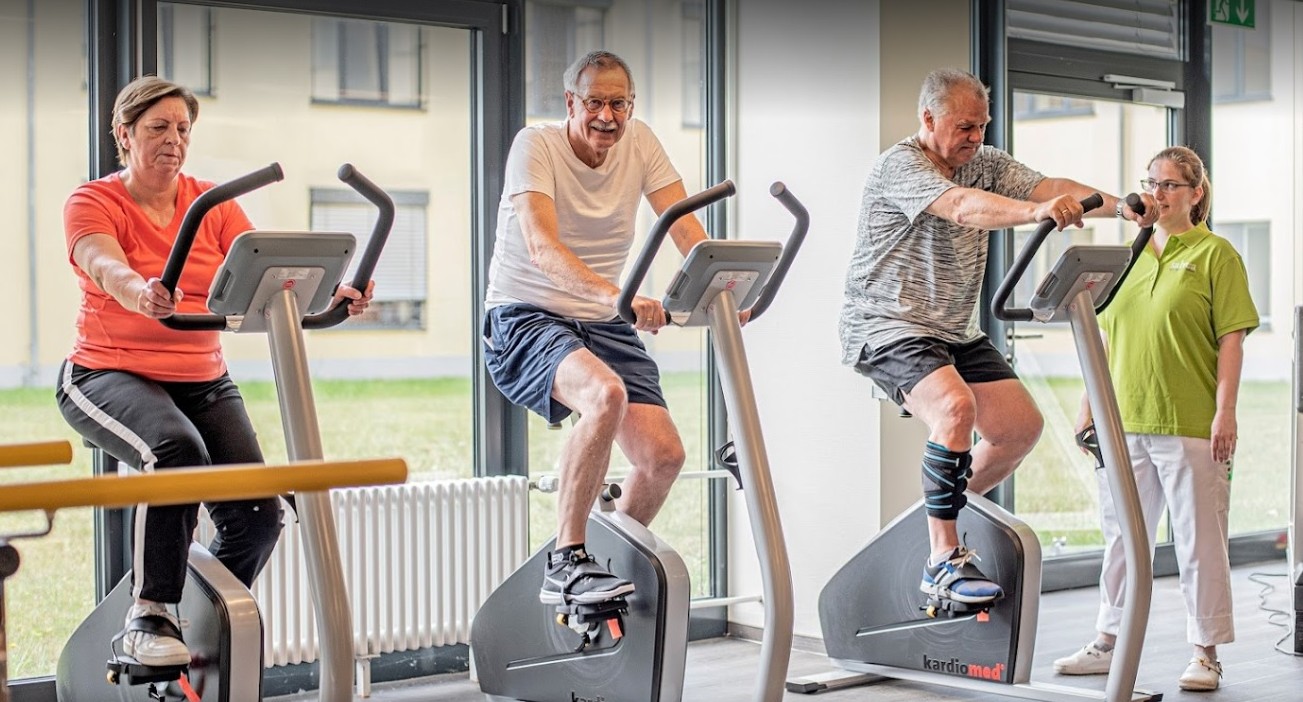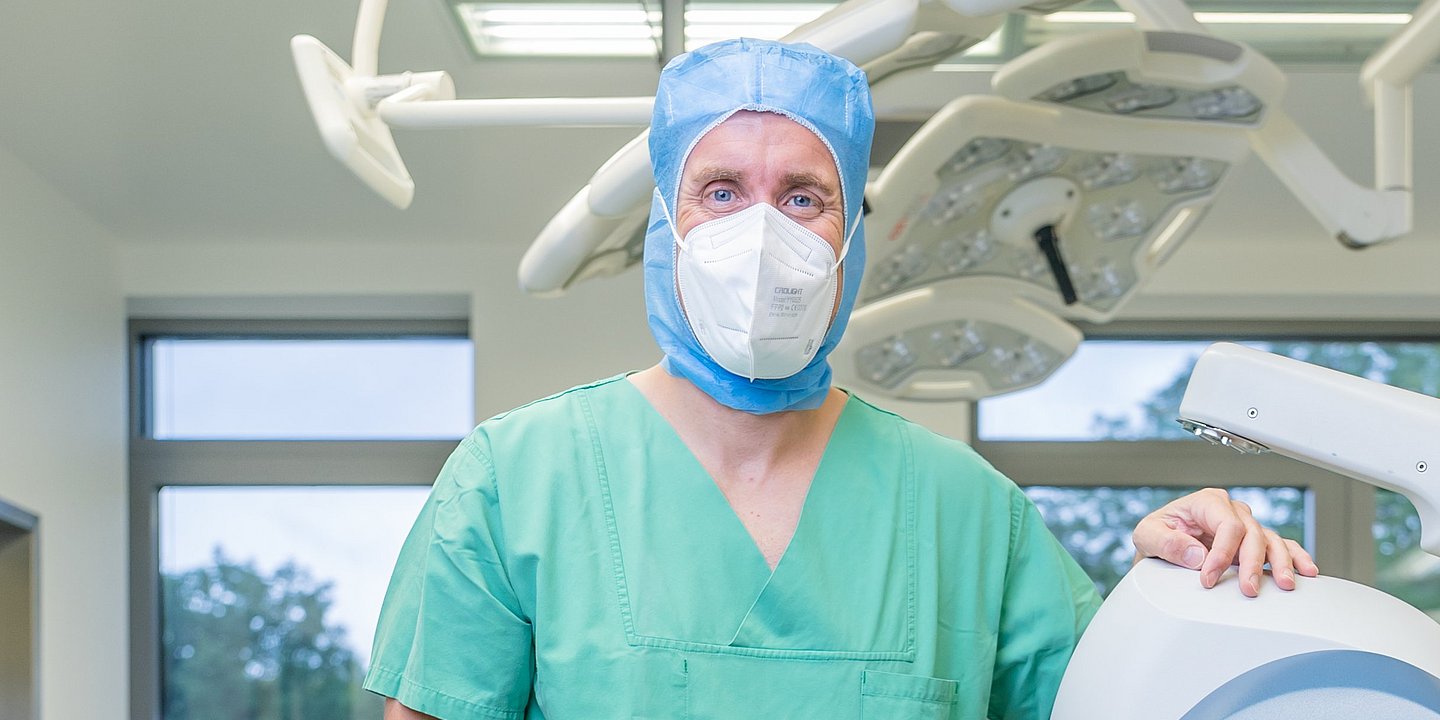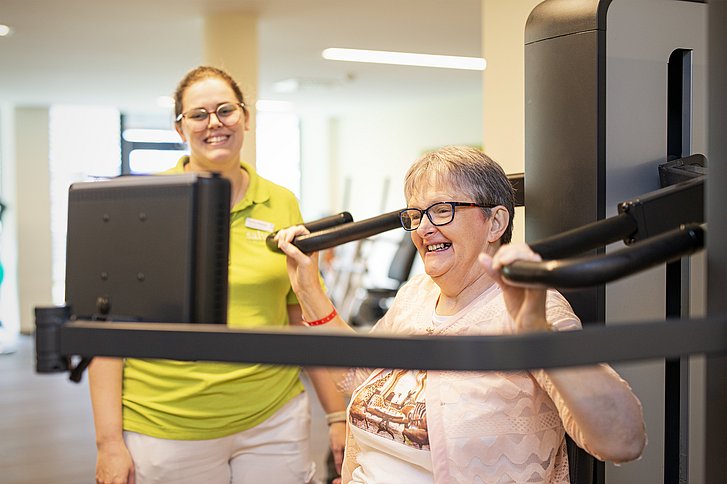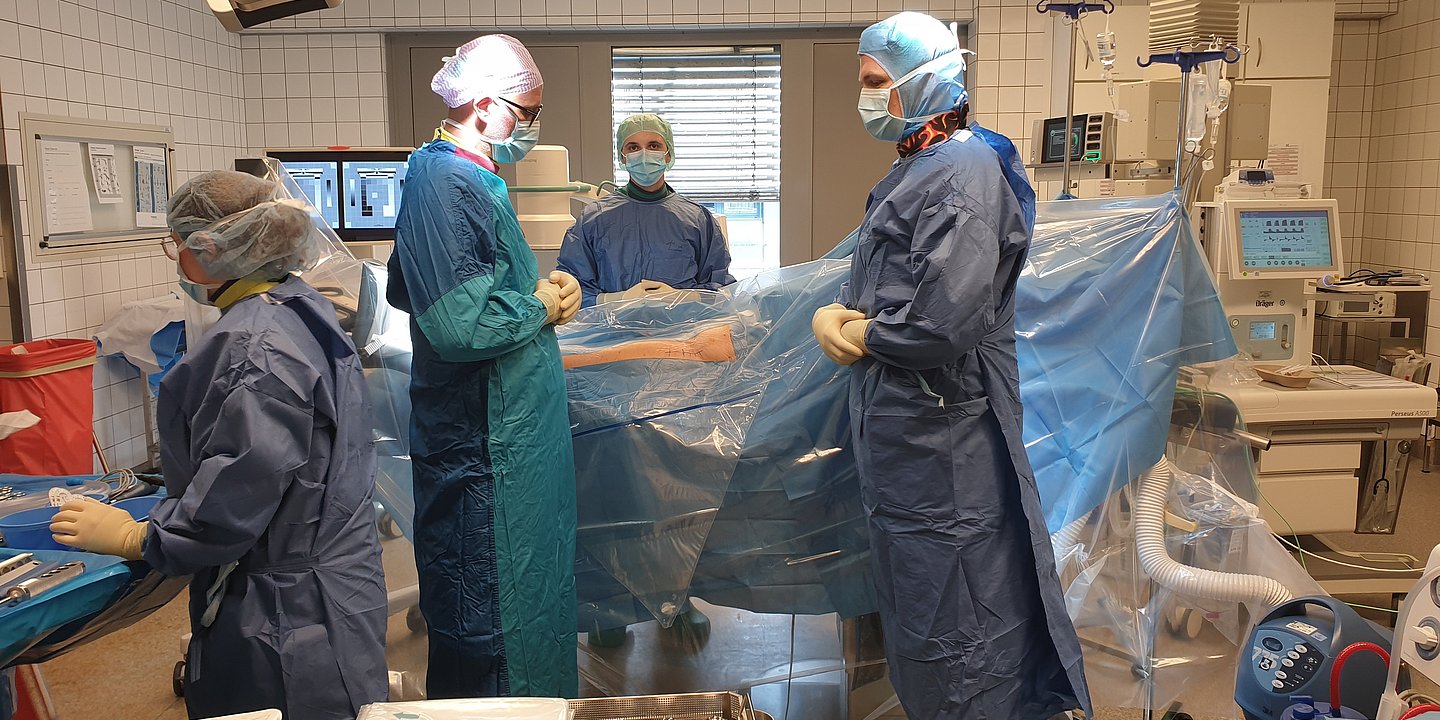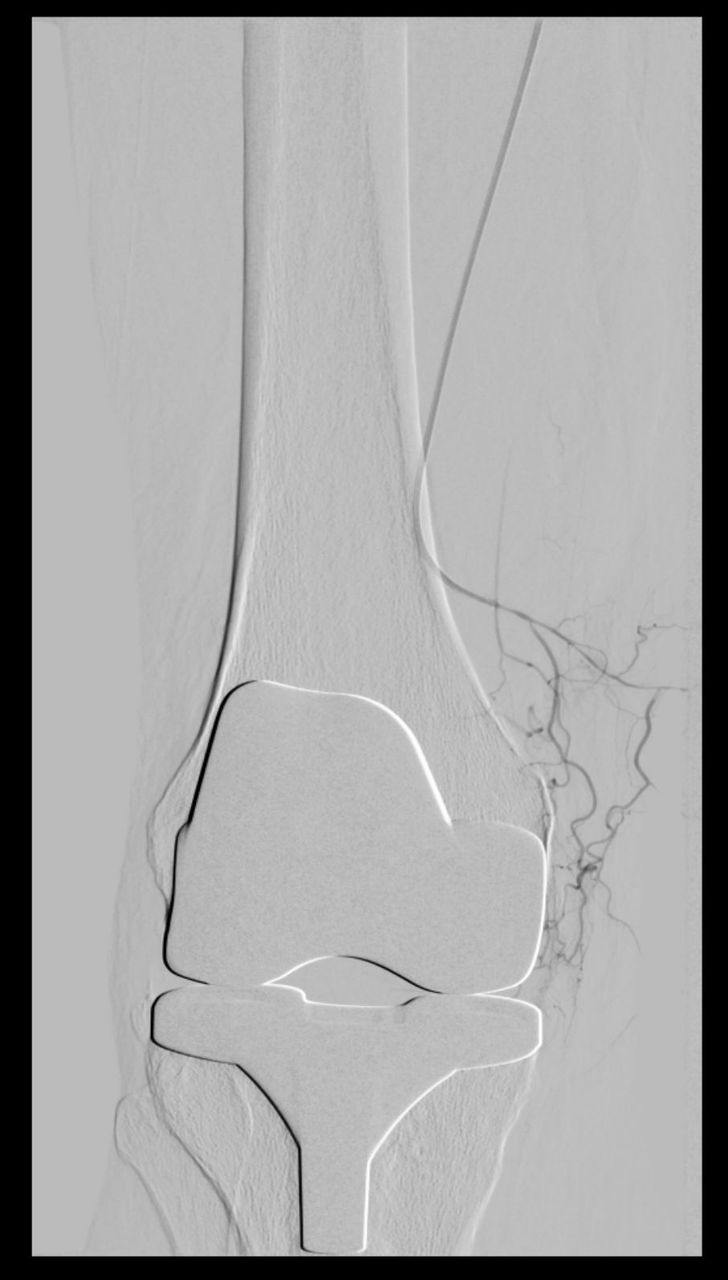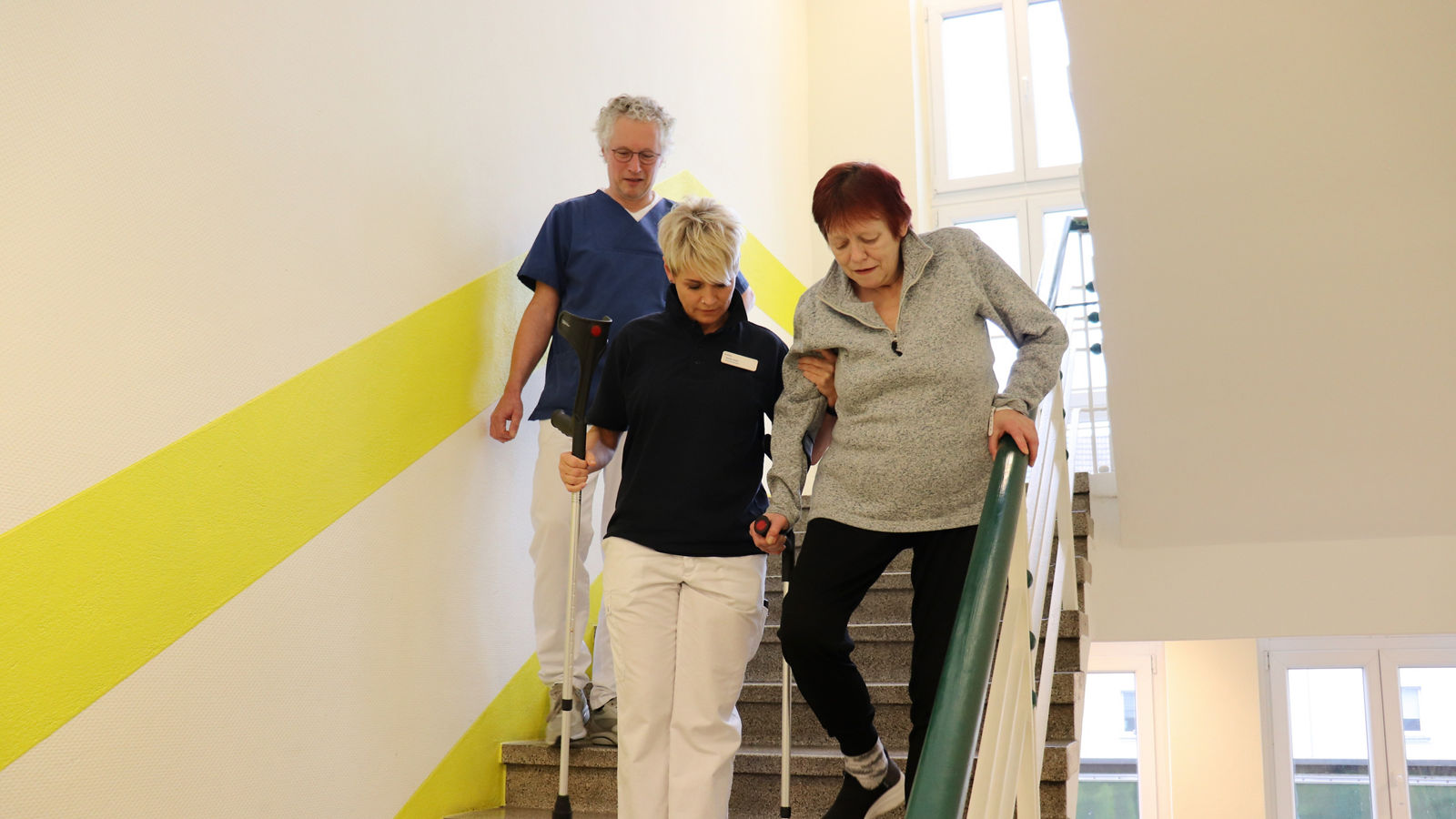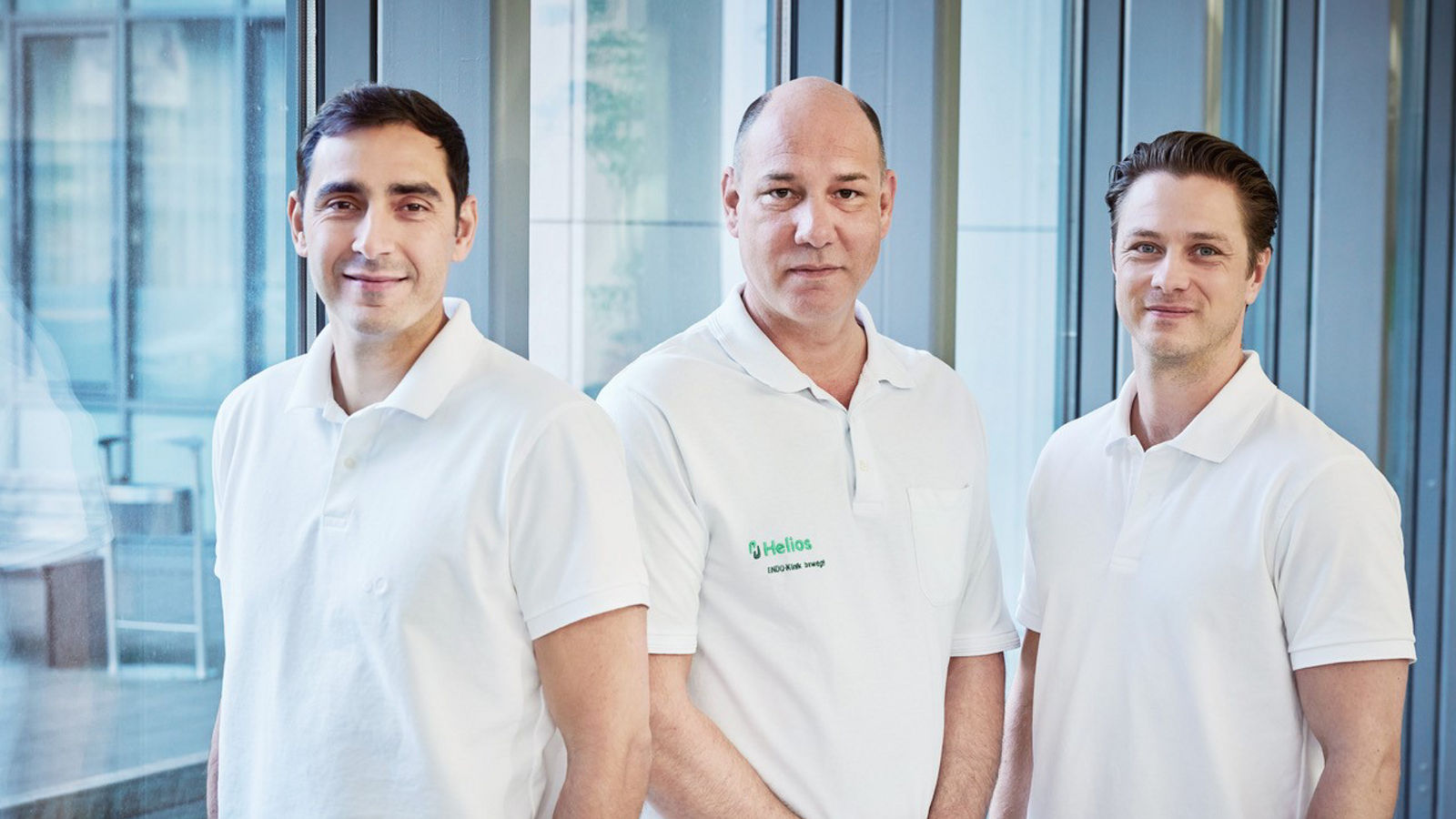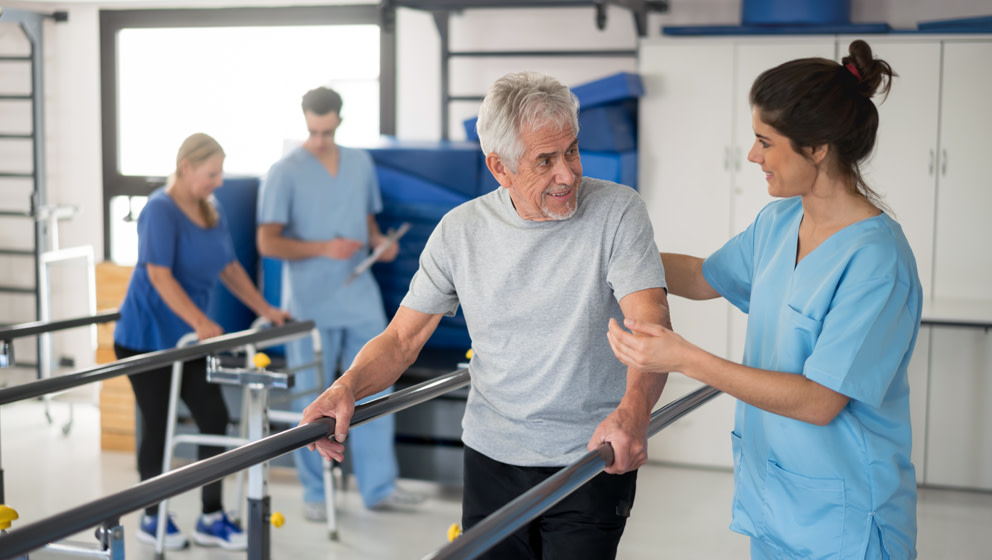
After the orthopaedic surgery
Pain
Immediately after surgery, painful sensations often occur. Therefore, the anesthesiologist and surgeon will tell you about suitable painkillers, which are sometimes necessary within a few postoperative weeks.
In addition to drugs, there are other measures for pain relief, such as local cooling, various methods of laying the patient and special motor exercises. Discuss these measures with your doctors and medical staff at the hospital.
Painkillers
The duration of pain therapy is discussed with the attending physician according to individual sensations. Painkillers should be taken long enough, but not longer than really necessary to reduce the risk of unwanted side effects.
Other pain relief measures, such as local cooling, physiotherapy and interruptions in motor activity, can be taken later. Discuss this with your doctor.
Unpleasant Feelings
Swelling may also occur and the associated feeling of heaviness in the legs. It decreases as the swelling absorbs and the load increases.
Sometimes it feels like the operated leg has become longer. The imbalance of muscle strength, which has developed as a result of long, often lasting, wear and tear on the joint, is only gradually eliminated with the help of special training.
Mobility
After the surgery, in agreement with the medical staff and doctors, you should start getting up, moving and walking as soon as possible, but some movements will still be difficult to give. For dressing and undressing you may need some aids.
The first movements after the surgery
You have made a surgery, now you need to restore mobility as soon as possible. The best way to recover is to move. If you want to regain the ability to use your knee normally as soon as possible, you need to strengthen your muscles.
The day after the surgery, the physiotherapist will help you make the first gentle movements. The beginning will be very gradual: exercises for bending and straightening of the legs, performed lying in bed, but soon you will get back on your feet.
Some patients, whose postoperative period is exceptionally good, can get up with the help of medical personnel already on the day of surgery. However, do not try to act without assistance during the first 24 hours or until the physiotherapists will allow you to get up on your own.
During the following days, the physiotherapist will work with you to develop an individual training plan, and you will be able to work daily to restore mobility and strength. The first walking exercises will have to be done on crutches, because it is important to develop a confident gait. The crutches will accompany you for the next six weeks, or even longer, to ensure the necessary safety. When climbing or climbing stairs, you should use crutches until you begin to feel absolutely confident.
NB: While active movements may seem tiresome and unpleasant at first, they are important for early recovery.
The most important advantages of physical activity
- Movement prevents muscle atrophy, which will allow you to stay active for a long time
- Movement strengthens the circulatory system, improves blood circulation and stabilizes blood pressure
- Movement helps you breathe better! Deep breathing prevents diseases of the respiratory system
- Movement prevents bedsores, which may develop from prolonged immobility! In addition, thanks to the movement improves wound healing
- Movement stimulates the brain, promotes good health. In addition, active people sleep better
- Movement stimulates appetite and ensures a healthy digestion
What else can you do?
Keep on moving! Restoration of even the smallest motor skills accelerates the complete revival of your mobility. The following simple steps can help you:
- Eat while sitting at the table.
- Go to the toilet and take showers
- Walk down the hall, go to the cafeteria or visit other patients
- If you have visitors, sit together at a table or in our recreation area, or go for a walk
- As often as possible, perform the exercises shown by the physiotherapist, including those outside your training schedule. At the same time, make sure not to overwork. Each tension should be followed by rest.
- A little patience, initiative and support from the doctors and medical staff will quickly restore your mobility. Remember: neither a permanent catheter, nor an IV will prevent you from practicing. Talk to the clinic staff about your situation. Working together, you can find the best and quickest way to get you back on your feet.
Fall Prevention
To avoid falling, pay attention to the following:
- After the surgery, don’t get up without help
- Use the call button and wait until the nurse approaches
- Use anti-slip, closed shoes and make sure that she is within reach
- Don’t get up in the dark - turn on the nightlight
- Don’t hold on to the bedside table and other movable objects
- Don’t walk on the wet floor. Our technical staff will warn you about cleaning with a special plate
- Notify your doctor if you are in pain or if you feel unwell
- Make sure you keep your glasses within reach
- As directed by your doctor and physiotherapist, work on your joints and muscles as often as possible
- Also warn your doctor if you find possible sources of danger in our hospital
Pain management
Pain in the first days after surgery is a normal phenomenon. But nowadays you don't have to overcome yourself, because there are many ways to relieve suffering. You just need to choose the optimal therapy, so that after the surgery you can quickly restore motor activity.
The pain is individual
Every person feels pain very individually - because everyone has his own pain threshold, after which he perceives the feeling as painful. For this reason, it can be relatively difficult to assess objectively which pain after surgery is considered "normal" and which is not.
For this purpose, the so-called "pain scale" is used, which allows estimating pain in the range from 0 to 10 points. With its help, you will be daily prescribed individual pain therapy.
Treatment of pain
Pain in the surgical wound area can be successfully treated with medications such as pills or injections. But there are other ways. Physiotherapists and nursing staff at the hospital and rehabilitation center, for example, will show you how to move around better so that you can almost not hurt yourself and protect the operated knee. However, this does not mean that you should lie down all the time: bed rest is more harmful than useful. You can learn to avoid excessive strain or pressure in the area of the operating wound by using certain movements and techniques when walking or climbing or climbing stairs, as well as by observing the correct position of the body in bed.
A pain-relieving effect can also be achieved by exposure to cold or heat, as well as by specific movement exercises. Ask your doctor and medical staff for advice.
The pain subsides
The need for pain medication may persist for several weeks after surgery, and it may also change during this period. The duration of the pain therapy is discussed with the doctor in charge of individual sensations. Painkillers should be taken long enough, but not longer than really necessary to reduce the risk of unwanted side effects.
If you have any limitations due to pain, see your doctor or medical staff at the hospital or rehabilitation center.
Do you need more information about Helios Hospitals or want to schedule your treatment?

